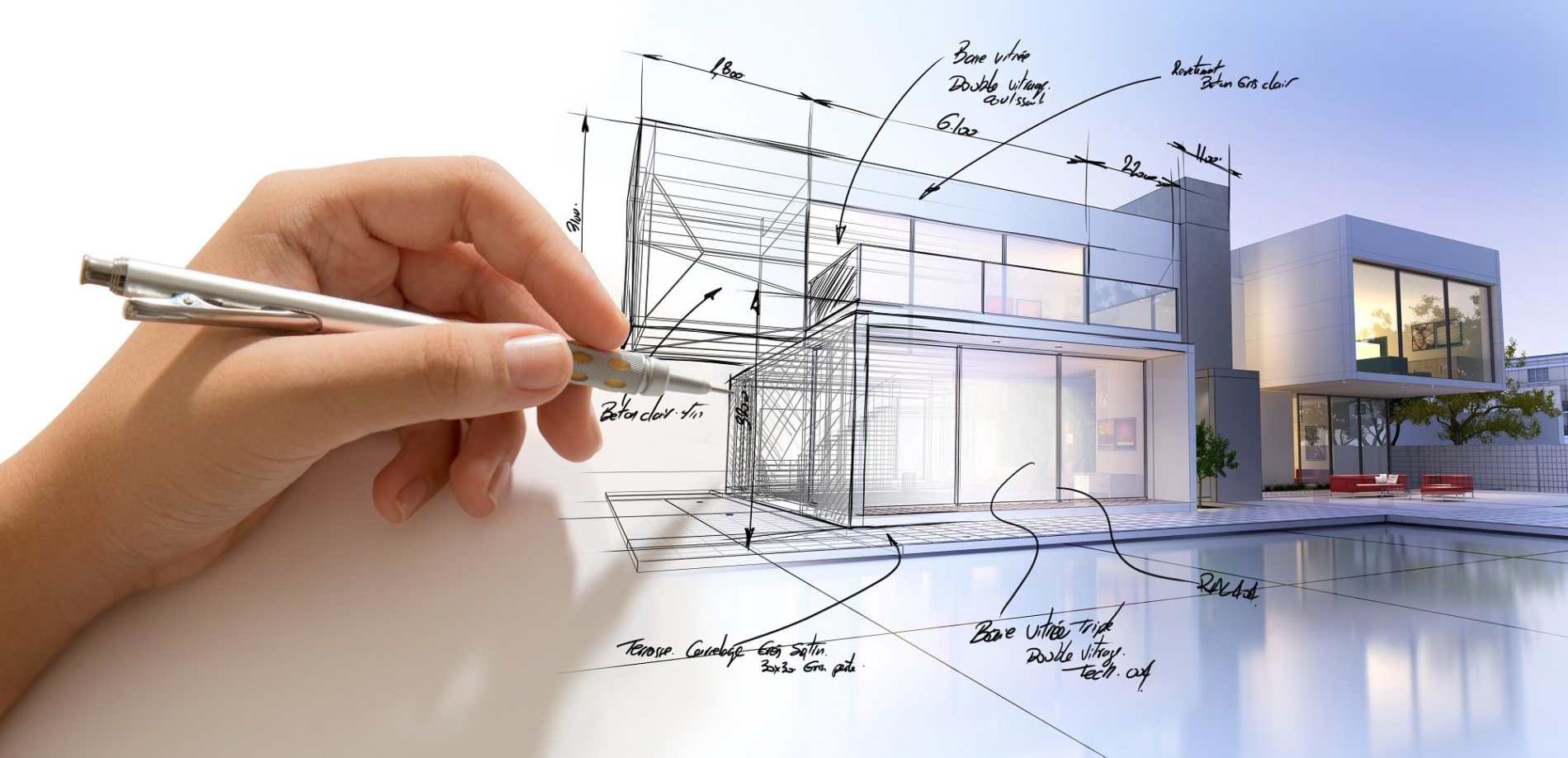Discover Ingenious Designs with Leading CDA Architects for Your Next Project
An Extensive Summary of Architectural Styles and Their Impact on Modern City Preparation and Growth
Building styles have long acted as a mirror to the societal worths and technical improvements of their time, playing a crucial duty fit modern-day city preparation and advancement. From the magnificence of Neoclassicism to the utilitarian method of Brutalism, each design has actually introduced distinct concepts that influence urban looks and performance. As contemporary obstacles emerge, consisting of sustainability and neighborhood needs, recognizing these historic frameworks becomes vital. The resulting dialogue not just notifies future layout techniques yet additionally elevates significant questions about the equilibrium in between heritage and advancement in our progressing metropolitan landscapes.
Historical Introduction of Architectural Styles
Throughout background, architectural designs have actually developed in response to social, technical, and environmental elements. Each duration mirrors the prevailing worths, beliefs, and improvements of its time, resulting in an abundant tapestry of style that represents human creativity and adaptation. The old human beings, such as the Egyptians and Greeks, established fundamental designs that emphasized balance and percentage, serving both practical and visual objectives.
As societies transitioned with the Center Ages, Gothic style emerged, characterized by its verticality and complex describing, mirroring the spiritual ambitions of the period. The Renaissance noted a revival of classical suitables, combining art and style in innovative ways that affected succeeding designs across Europe.
The Industrial Transformation introduced new materials and building and construction strategies, prompting motions like Innovation, which tested traditional forms and embraced simplicity and performance. The 20th century saw a diversity of designs, with Postmodernism responding versus the raw minimalism of its precursor, including historic references and eclectic elements.
Today, architectural styles remain to evolve, driven by globalization and sustainability concerns, reflecting a dynamic interaction in between heritage and innovation. This historical summary underscores the importance of architecture as a mirror of social evolution and as a catalyst for urban development.
Key Architectural Styles Explained
The diversity of building styles reflects the myriad influences that shape our built environment, each symbolizing distinct qualities and cultural significances. Trick building designs include Classic, Gothic, Baroque, Innovation, and Postmodernism, each standing for unique historic contexts and visual ideologies.
Timeless style, rooted in old Greece and Rome, highlights symmetry, percentage, and the usage of columns. On the other hand, Gothic style, growing in the Middle Ages, is identified by sharp arches, ribbed safes, and flying buttresses, producing an angelic quality in sanctuaries. Baroque style, emerging in the 17th century, is noted by magnificence, elaborate embellishment, and a vibrant interplay of light and shadow.

Recognizing these designs provides insight into the cultural stories and technical improvements of their respective eras, highlighting how architecture serves not equally as a sanctuary, yet as a representation of social worths and aspirations.
Influence On Urban Preparation
In shaping the development of cities, building designs dramatically affect metropolitan planning decisions. The option of architectural design commonly dictates the aesthetic appeals, functionality, and general personality of city environments.
In addition, architectural designs can affect zoning laws and land make use of policies. Urban organizers need to consider the dominating building trends when making districts, making certain that new growths balance with existing frameworks. This consideration promotes natural urban landscapes and boosts neighborhood identification.
The implementation of details architectural designs can likewise affect socioeconomic aspects within a city. As an example, premium modern designs may attract wealthy residents and services, bring about gentrification, while more inexpensive housing services may focus on useful and sustainable styles to fit varied populaces. Inevitably, the interaction in between building designs and metropolitan preparation produces vibrant cities that show both historical context and modern demands, forming the lived experiences of their occupants.
Sustainability and Modern Style
Building designs play an essential function in resolving modern challenges, specifically in the world of sustainability. As metropolitan areas expand and environmental concerns magnify, modern architecture increasingly welcomes lasting design concepts that focus on energy efficiency, source preservation, and minimal ecological Discover More influence.
Contemporary architectural movements, such as biophilic design and environment-friendly design, advocate for frameworks that integrate with their environments, using natural products and promoting biodiversity - cda architects. These styles commonly integrate renewable power sources, such as solar panels and wind generators, to decrease dependence on fossil fuels and reduced carbon impacts
Furthermore, the integration of innovative innovations, such as smart structure systems, enhances power administration, optimizing source usage while ensuring passenger comfort. Cutting-edge water administration methods, including rain harvesting and greywater recycling, further add to sustainable city environments.
Notably, sustainability prolongs beyond ecological problems; it includes social and financial measurements. By fostering neighborhood health and advertising inclusivity, contemporary building styles straighten with sustainable advancement goals. As a result, the evolution of find out building methods continues to form resilient cities that not just meet the demands of the existing but also protect the future for generations to find.
Community Engagement in Design
Community engagement in design functions as a crucial bridge between architects and the populations they serve, guaranteeing that the developed atmosphere shows the requirements and ambitions of its individuals. This collective procedure welcomes community members to add their insights and preferences, fostering a sense of ownership and responsibility toward the spaces they inhabit.
Efficient community engagement utilizes various techniques, such as workshops, studies, and public forums, to gather diverse point of views (cda architects). These techniques assist in a two-way discussion, allowing architects to understand regional contexts while empowering locals to voice their issues and wishes. This inclusivity not only enhances the design quality yet also advertises social equity by resolving the one-of-a-kind obstacles encountered by marginalized teams

Verdict
Building designs have exceptionally influenced modern-day city planning and development, mirroring advancing social and technological contexts. As cities continue to expand and adapt, the ongoing discussion between architectural heritage and modern-day style principles will certainly stay important in creating comprehensive, dynamic rooms that improve quality of life and advertise social equity.